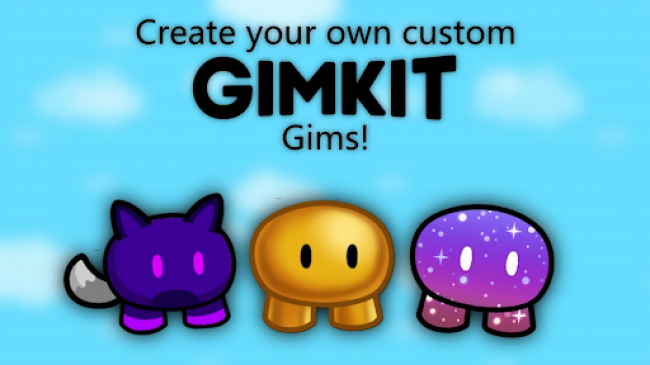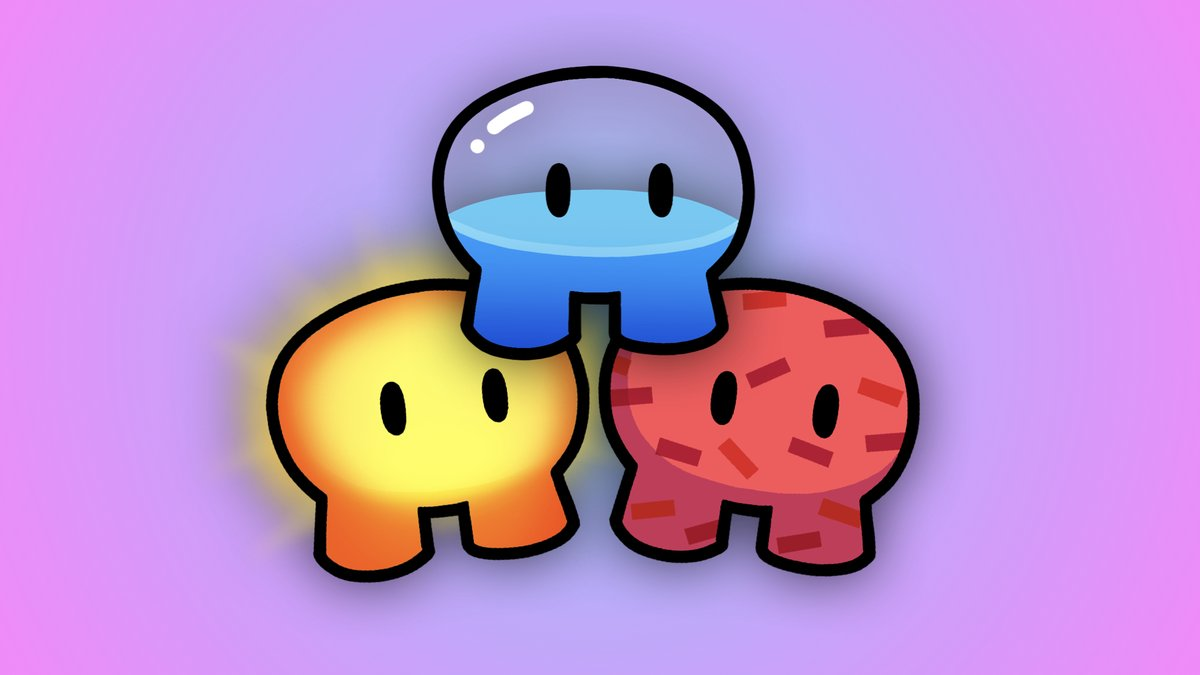In today’s digital classrooms and remote learning environments, interactive educational tools are more essential than ever. Among these tools, Gimkit has gained considerable traction due to its fun, game-like learning atmosphere. If you’re looking to energize your classroom or online training sessions, becoming a Gim Kit host could be a game-changer.
In this comprehensive guide, we’ll dive into everything you need to know about hosting games on Gimkit. From setting up your account to engaging your students in active learning, this article is your go-to resource.
What is Gimkit?
Before diving into hosting, it’s essential to understand what Gimkit is and why it has become a staple in modern education.
Gimkit is an interactive quiz-based learning platform that enables teachers and students to create, share, and play educational games. Created by a high school student, the platform blends traditional quiz-style formats with strategic game elements such as earning in-game currency and purchasing power-ups.
The real magic happens when educators take the reins as a Gim Kit host and curate custom games tailored to their curriculum and student needs.

Why Use Gimkit in Education?
The power of Gimkit lies in its ability to:
- Increase engagement: Games tap into students’ competitive spirit, making learning more enjoyable.
- Personalize instruction: Hosts can customize content to align with lesson plans and learning objectives.
- Provide real-time feedback: Teachers receive data on student performance instantly, which helps in identifying learning gaps.
- Foster collaboration: Group modes encourage teamwork and communication among students.
Getting Started as a Gim Kit Host
Becoming a successful Gim Kit host involves more than simply starting a game. It requires thoughtful planning, a good understanding of the platform, and creative use of its features.
Step 1: Create an Account
To start hosting on Gimkit, you’ll first need an account:
- Visit www.gimkit.com.
- Click on “Sign Up.”
- Choose “I’m a Teacher” (or appropriate role).
- Enter your details and verify your email.
Once your account is ready, you can access the dashboard where all the magic happens.
Step 2: Explore Game Modes
Gimkit offers several game modes to keep things fresh:
- Classic Mode: Each student plays individually, answering questions to earn money.
- Team Mode: Students are grouped into teams, making it perfect for collaborative learning.
- Infinity Mode: A timed mode where students answer as many questions as they can.
- Trust No One: Inspired by popular social deduction games, this mode adds mystery and intrigue.
Choosing the right mode as a Gim Kit host depends on your learning objectives and the classroom dynamic.
Step 3: Create or Import Kits
Kits are sets of questions used in Gimkit games. You can:
- Create your own: Add custom questions and answers tailored to your lesson.
- Import from Quizlet: If you already have flashcards on Quizlet, importing is easy.
- Search existing kits: The Gimkit community has a vast library of public kits you can use and modify.
Use tags and organize your kits for easy retrieval.
Hosting Your First Game
Once you’ve created or selected a kit, it’s time to host your first game.
Step 1: Select a Kit
Navigate to your dashboard and click on a kit. Then click “Play.”
Step 2: Choose a Game Mode
Pick from the various game modes depending on your lesson goals.
Step 3: Customize Game Settings
You can adjust:
- Time limits
- Money starting amount
- Power-ups and upgrades
- Question randomization
Make sure to preview these settings to ensure they match your classroom needs.
Step 4: Share the Game Code
As a Gim Kit host, you’ll generate a unique game code. Share this code with your students so they can join the game from their devices.
Step 5: Monitor and Engage
During the game, monitor student progress in real-time. Offer encouragement, clarify questions, and even pause the game if needed for a teaching moment.
Tips for Being a Stellar Gim Kit Host
Success as a Gim Kit host is not just about clicking “Start Game.” Here are some tips to elevate your hosting skills:
1. Align Kits with Learning Objectives
Ensure that your questions support the day’s lesson. Use Bloom’s Taxonomy to craft questions at different cognitive levels.
2. Mix It Up
Alternate between game modes to keep students interested. Classic mode might work well for quizzes, while Team Mode can be ideal for review sessions.
3. Use Feedback for Assessment
Post-game reports provide insights into student understanding. Use this data to adapt your instruction.
4. Foster a Growth Mindset
Celebrate improvement, not just high scores. Encourage students to learn from incorrect answers and try again.
5. Set Ground Rules
Let students know the expectations around gameplay—such as staying on-task and treating teammates with respect.
Advanced Features to Explore
Once you’re comfortable, try these advanced options:
Custom Audio and Images
Enhance questions by adding relevant images or audio clips. This is especially useful for subjects like language learning, science, and geography.
Scheduling Games
With Gimkit Pro, you can schedule games in advance. Perfect for asynchronous learning environments.
Assign Homework Kits
Gimkit also allows you to assign games as homework, turning study time into play time.
Integration with LMS
Gimkit integrates with platforms like Google Classroom for streamlined student management.
Common Challenges and How to Overcome Them
Every tool comes with a learning curve. Here are some challenges and how to tackle them:
- Low participation: Make the games more exciting by offering small rewards or using popular game modes.
- Technical issues: Ensure all devices are compatible and internet connections are stable. Have a backup plan just in case.
- Over-competitiveness: Focus on collaborative game modes and stress the importance of learning over winning.
Gim Kit Host: A Transformative Role in Digital Learning
The role of a Gim Kit host is more than just managing a digital game. It’s about creating an immersive, fun, and educational experience that motivates students and enhances learning outcomes. When used strategically, Gimkit can be a powerful tool in the hands of passionate educators.
From setting up engaging quizzes to analyzing performance data, the host’s role is crucial in maximizing the platform’s benefits. With creativity, planning, and a bit of experimentation, any teacher can become a masterful Gim Kit host.
Conclusion: Level Up Your Teaching With Gimkit
In a world where student attention spans are limited and educational demands are high, tools like Gimkit provide a much-needed edge. Hosting a game is not just about fun; it’s about engagement, feedback, and enriched learning experiences.
So whether you’re teaching elementary math, high school literature, or professional development seminars, consider stepping up as a Gim Kit host. With a bit of practice and a lot of heart, you’ll turn learning into an adventure your students won’t soon forget.
